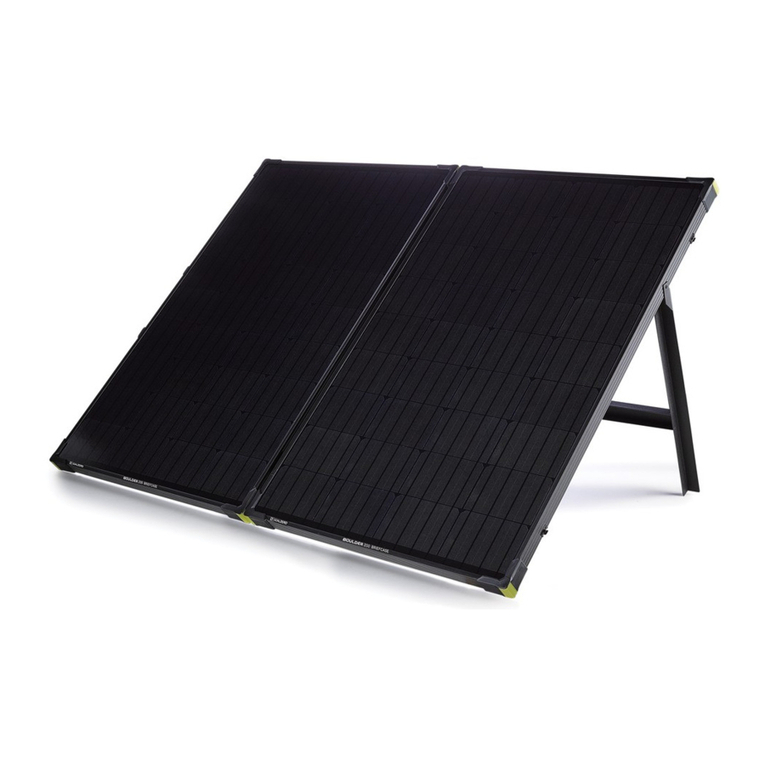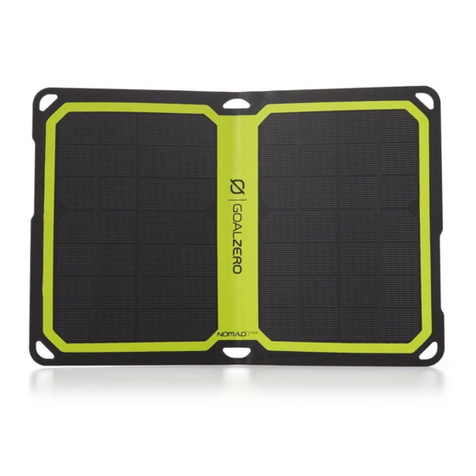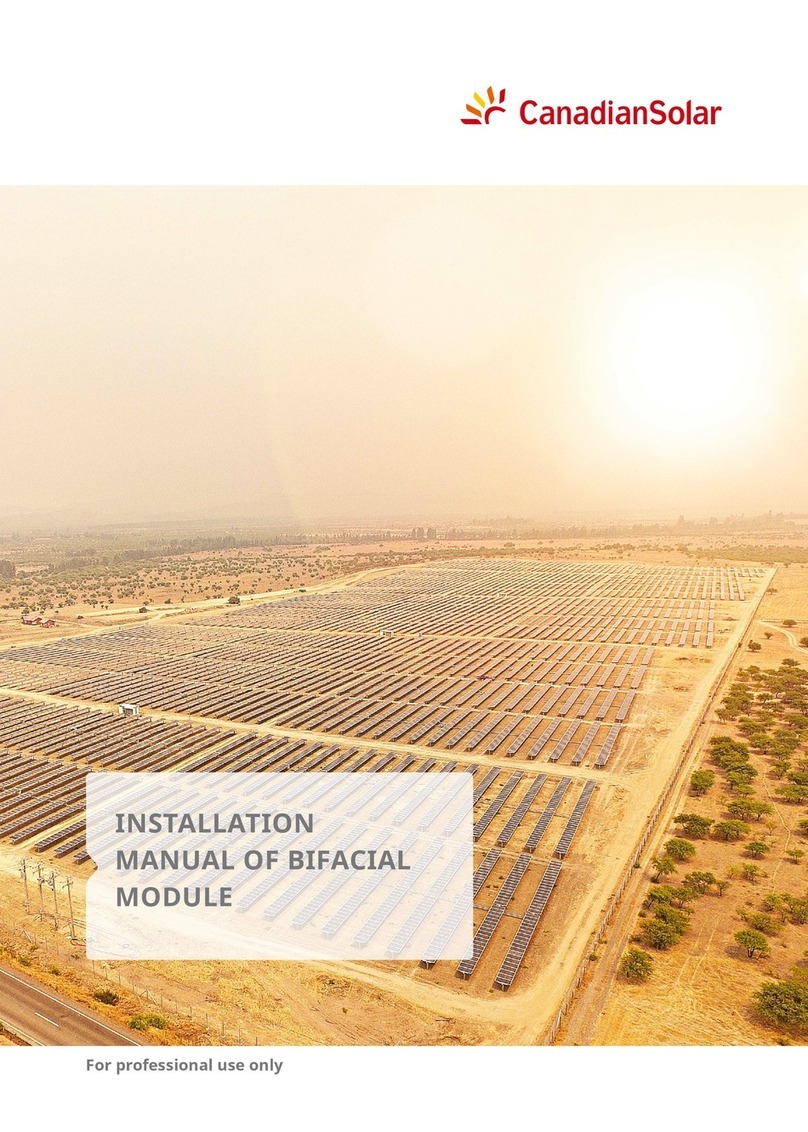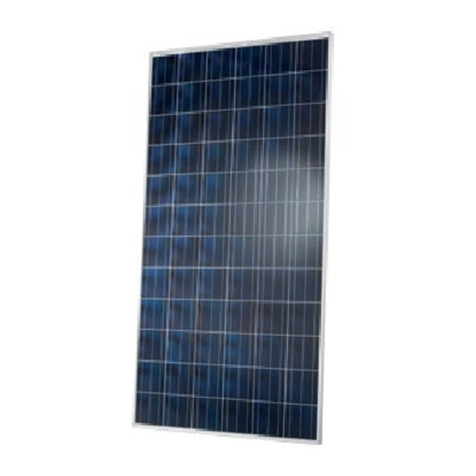evergreensolar ES Series Setup guide




This manual suits for next models
6
Other evergreensolar Solar Panel manuals
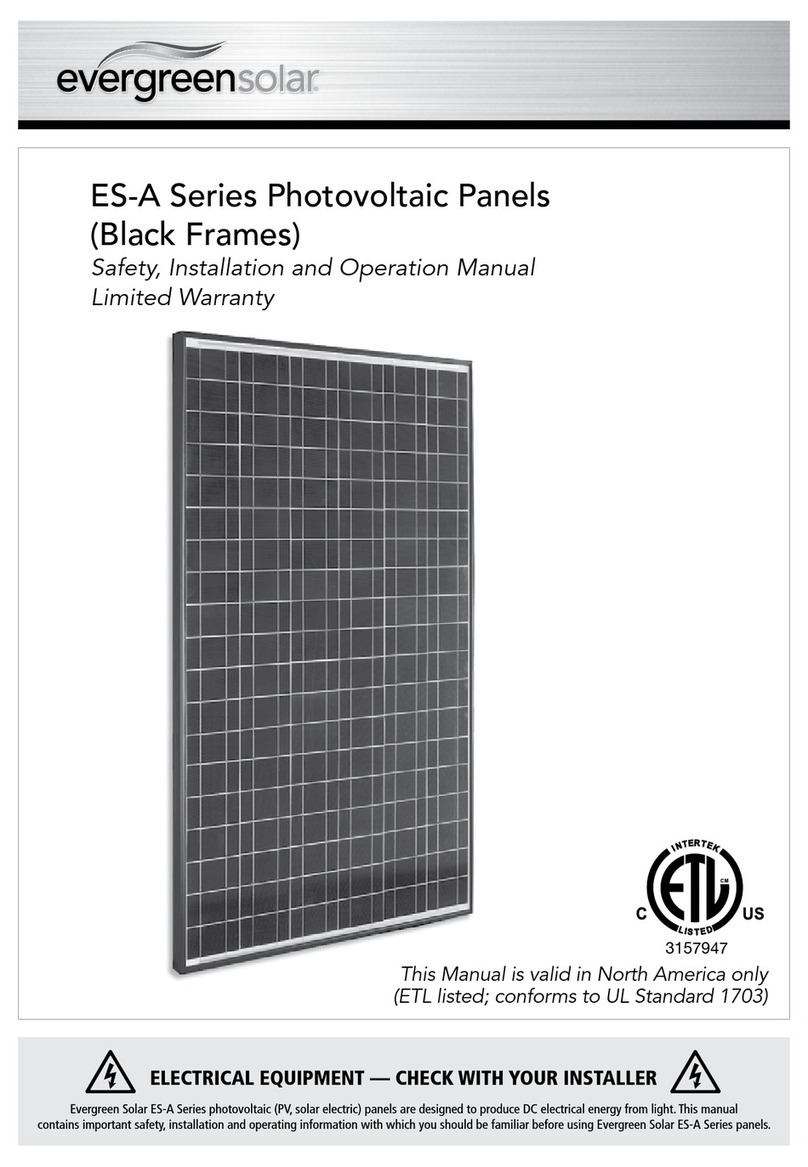
evergreensolar
evergreensolar ES-A Series Setup guide

evergreensolar
evergreensolar ES-A Series Setup guide
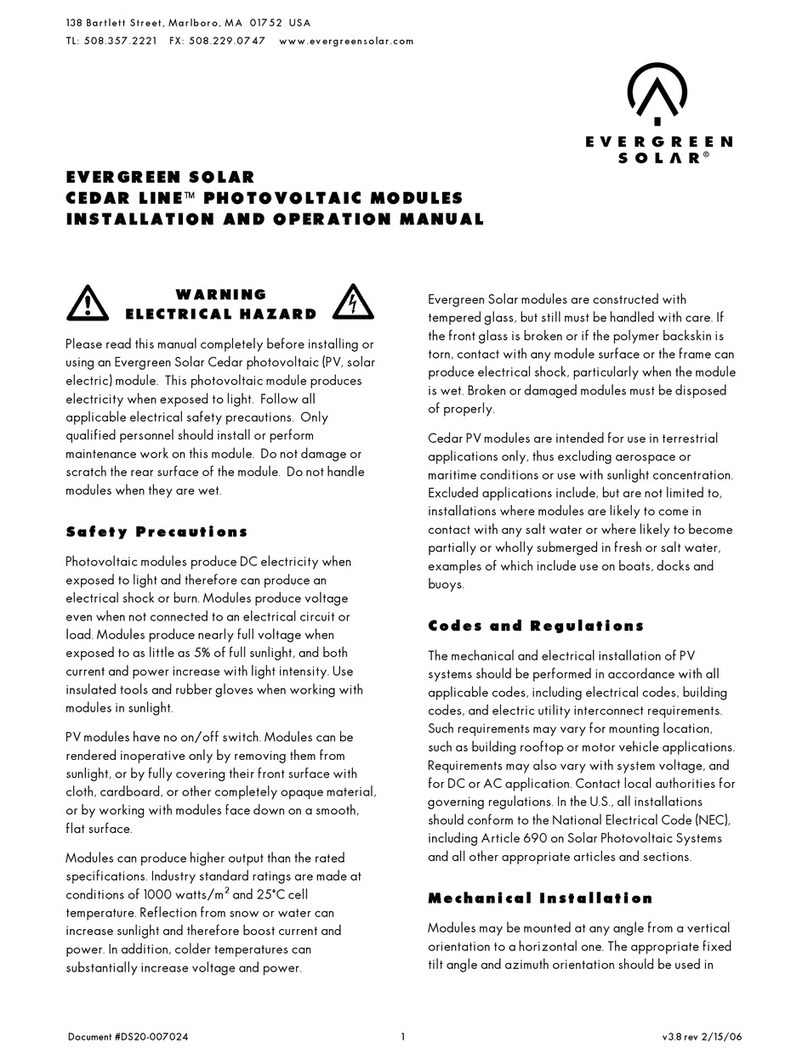
evergreensolar
evergreensolar Cedar Line User manual
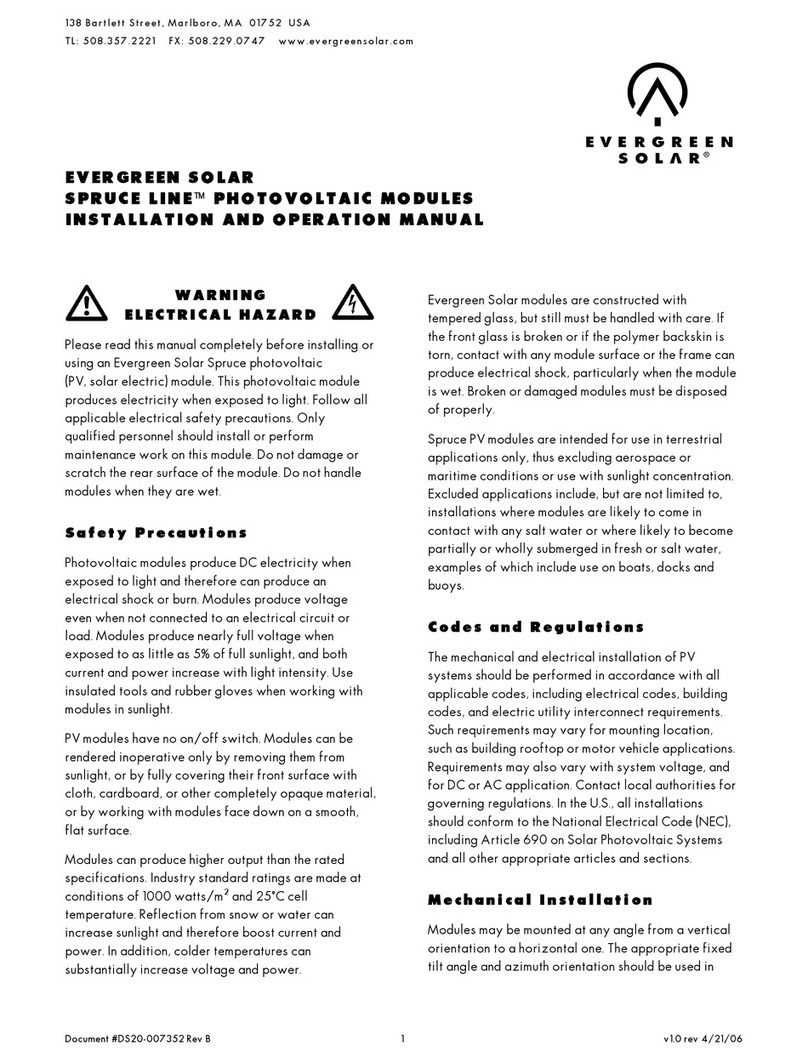
evergreensolar
evergreensolar SPRUCE LINE ES-170-RL User manual

evergreensolar
evergreensolar ES-A Series Setup guide

evergreensolar
evergreensolar ES-A Series Installation instructions manual
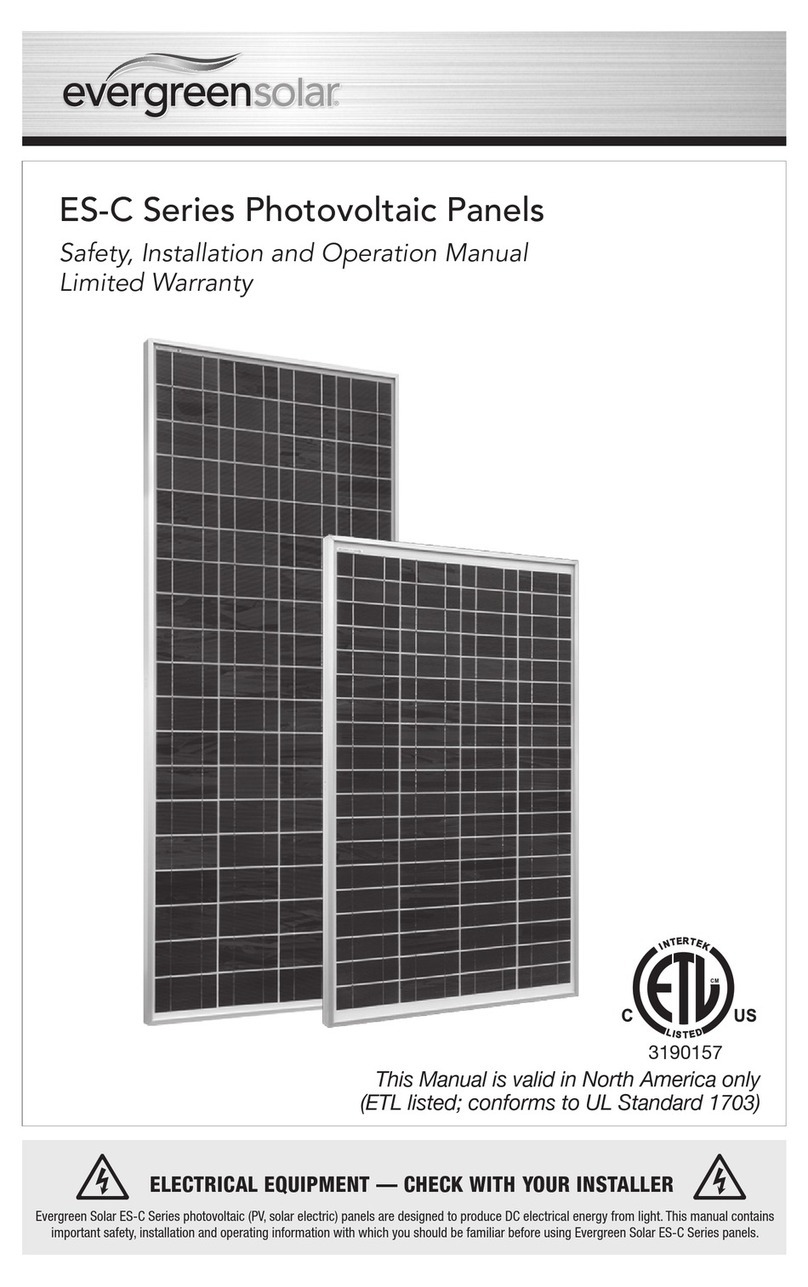
evergreensolar
evergreensolar ES-C-70-fa5 Setup guide
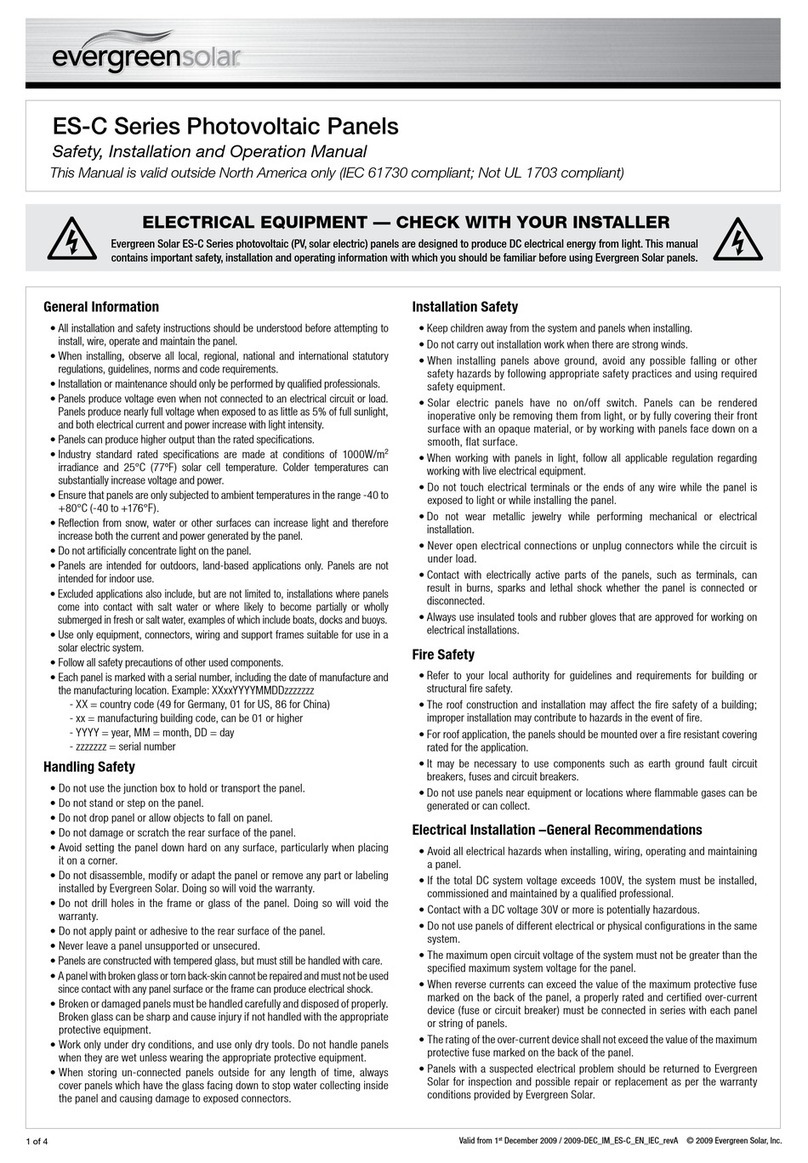
evergreensolar
evergreensolar ES-C-70-fa5 Setup guide
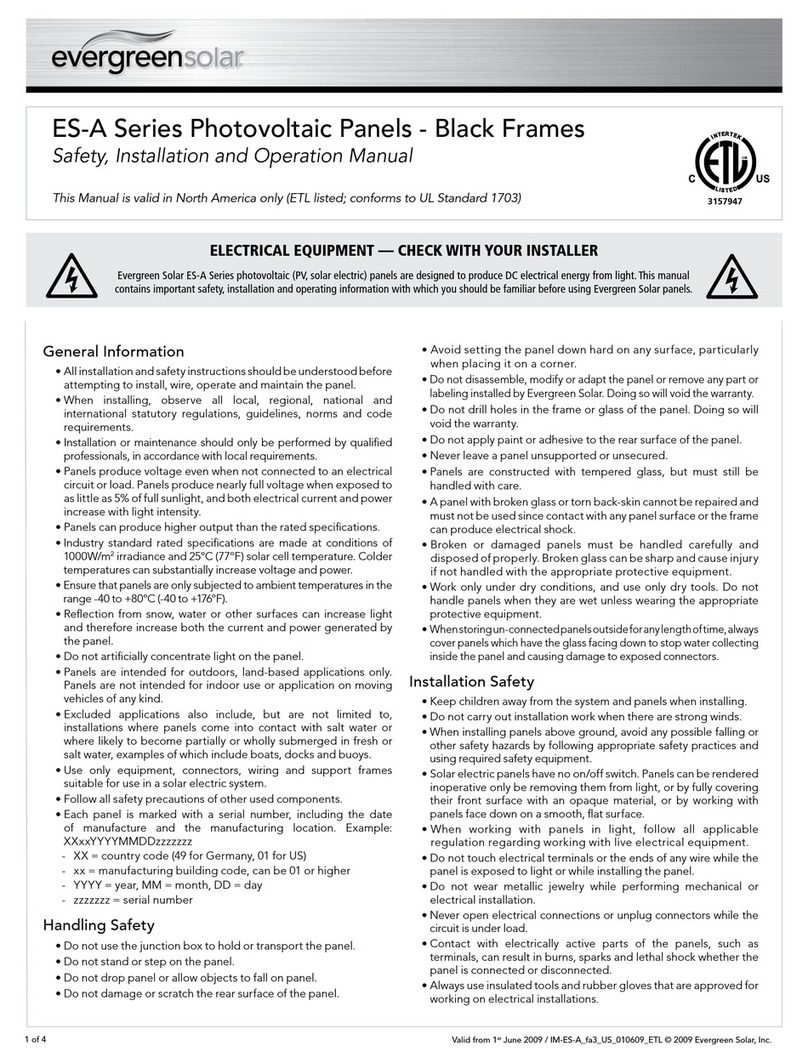
evergreensolar
evergreensolar ES-A-190 Setup guide
Popular Solar Panel manuals by other brands
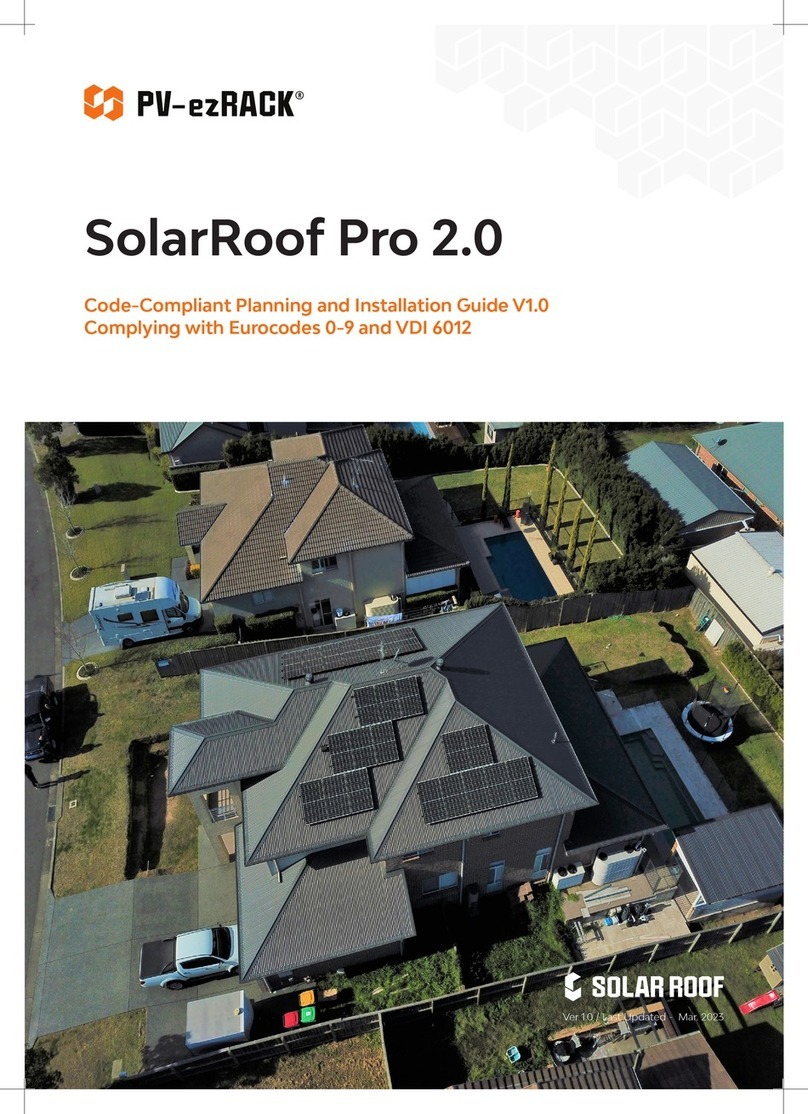
PV-ezRack
PV-ezRack SolarRoof Pro 2.0 Code-Compliant Planning and Installation Guide
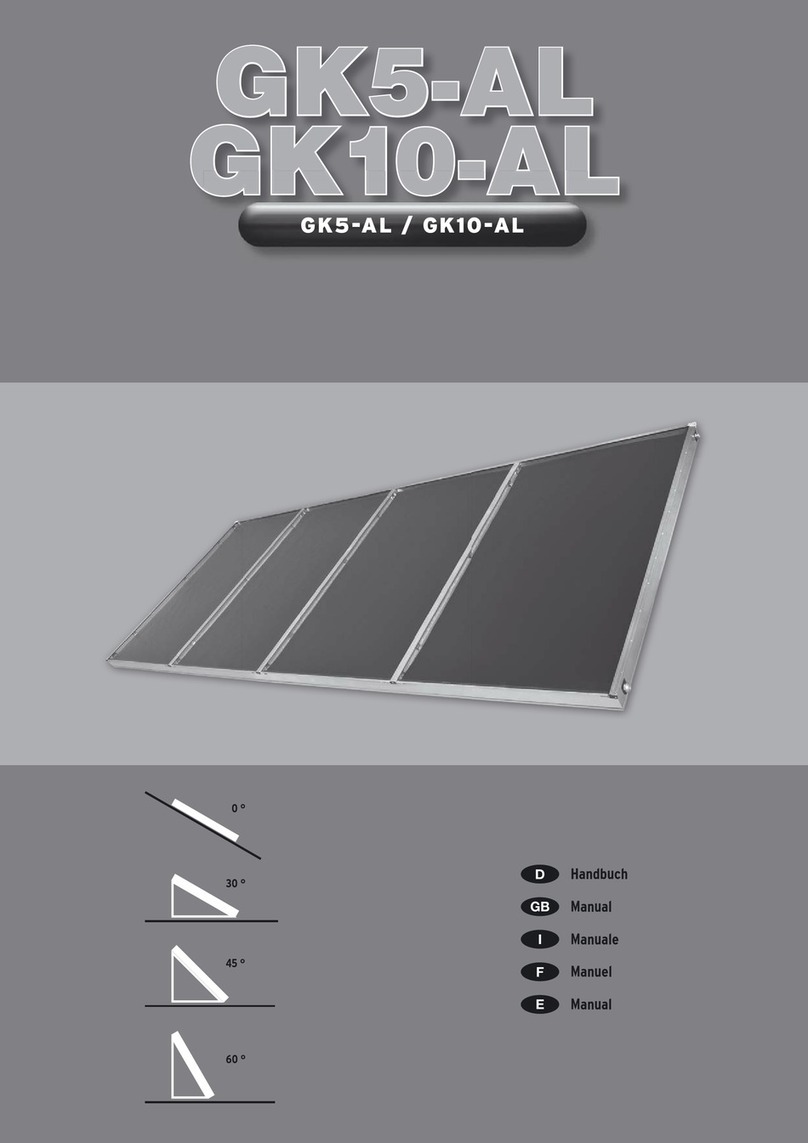
General Solar Systems
General Solar Systems GK5-AL manual

Nature Power
Nature Power 56801 instruction manual

Phaesun
Phaesun Sun Peak SPR Series Safety and installation manual
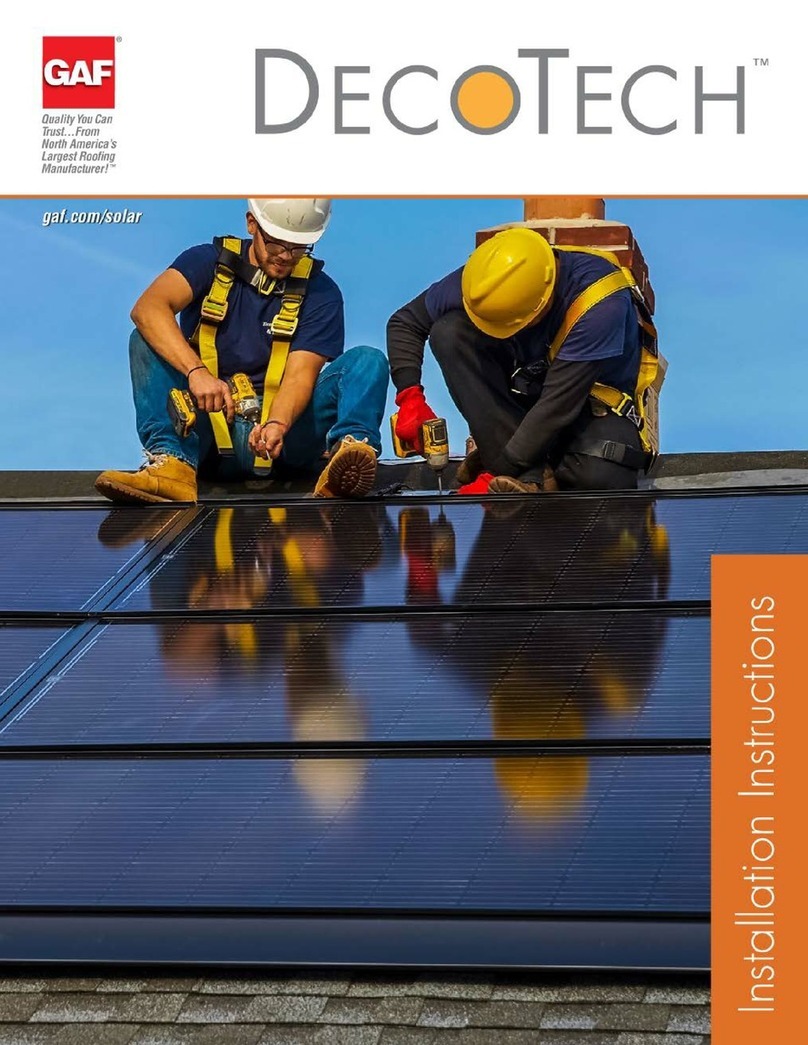
GAF
GAF DecoTech RI 2000 installation instructions

Goodwe
Goodwe GALAXY Series installation manual

Mission Solar Energy
Mission Solar Energy PERC Series Installation and user manual
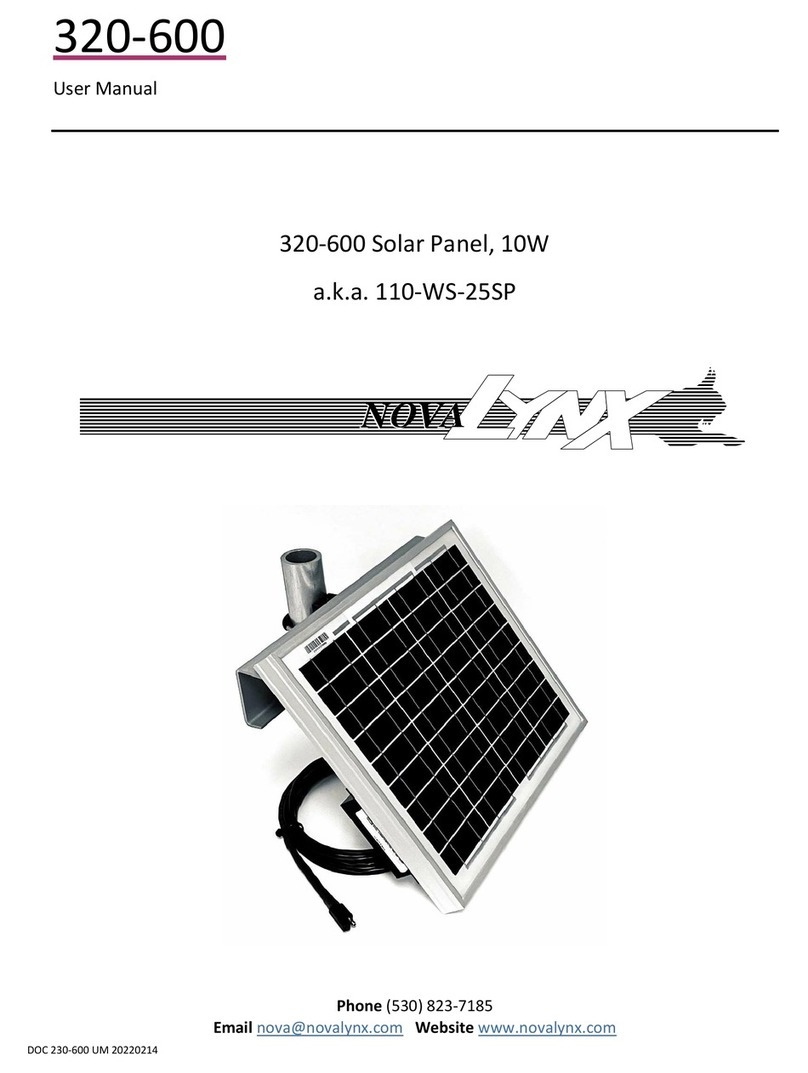
Novalynx
Novalynx 320 Series user manual
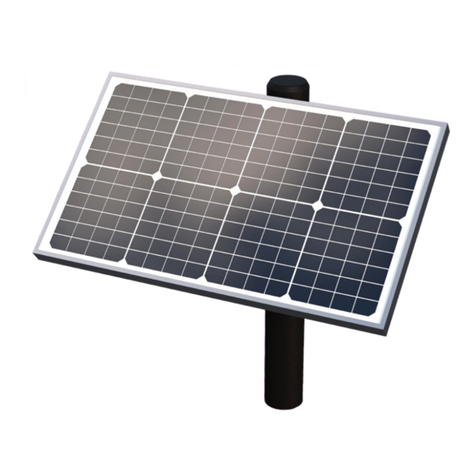
Ghost Controls
Ghost Controls AX30 instructions
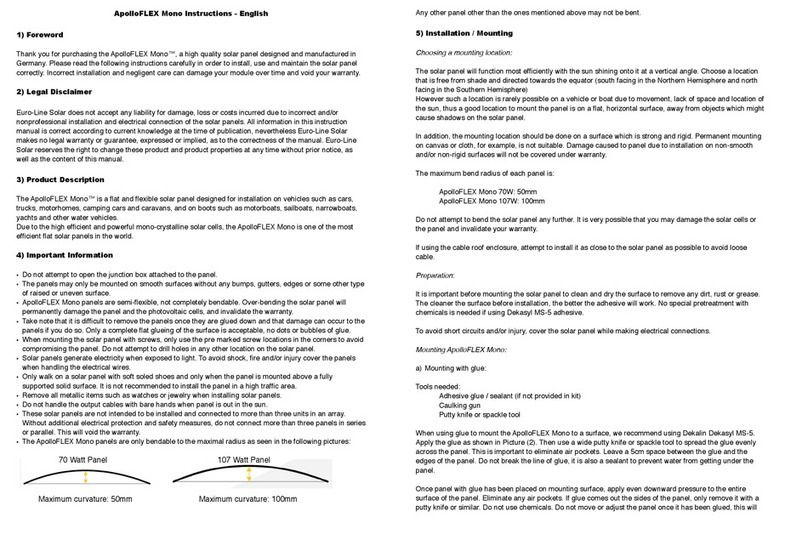
Euro-Line Solar
Euro-Line Solar ApolloFLEX Mono instructions
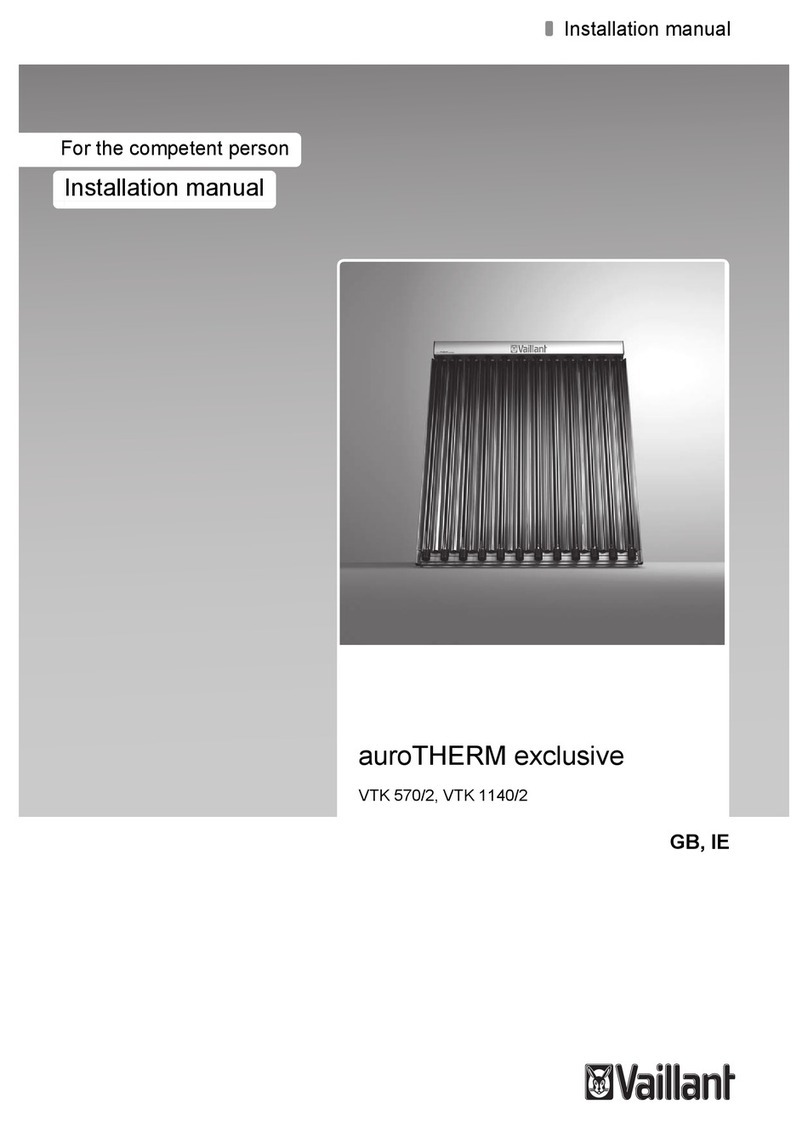
Vaillant
Vaillant auroTHERM exclusive VTK SERIES installation manual

rollease acmeda
rollease acmeda AUTOMATE Series instructions

